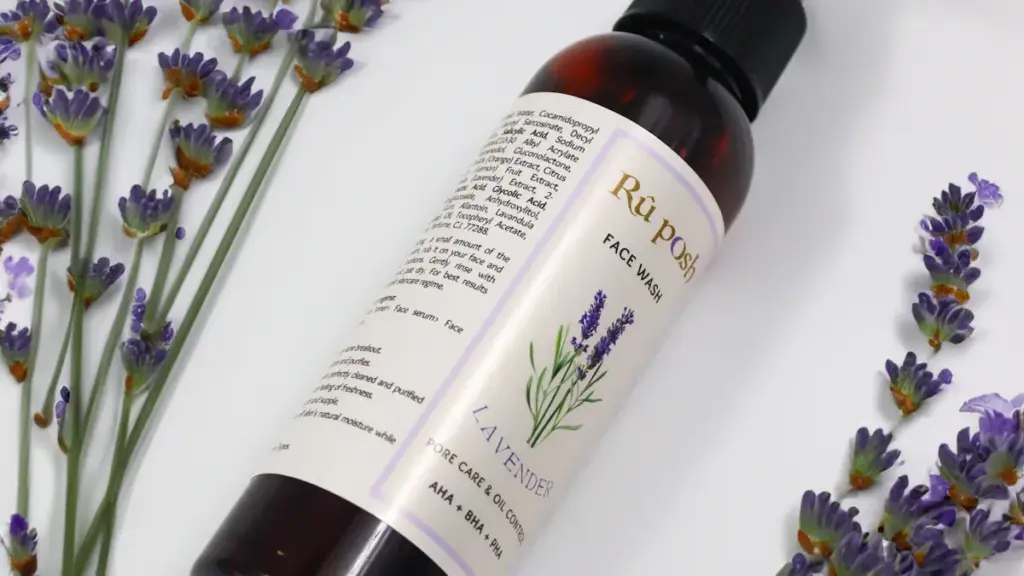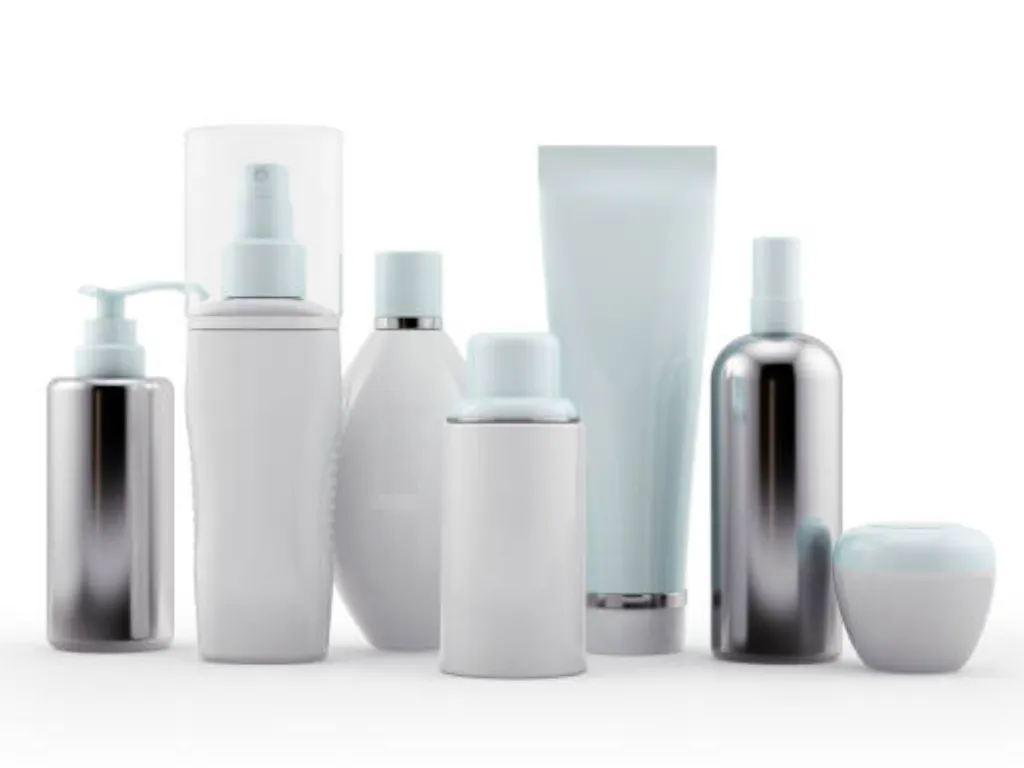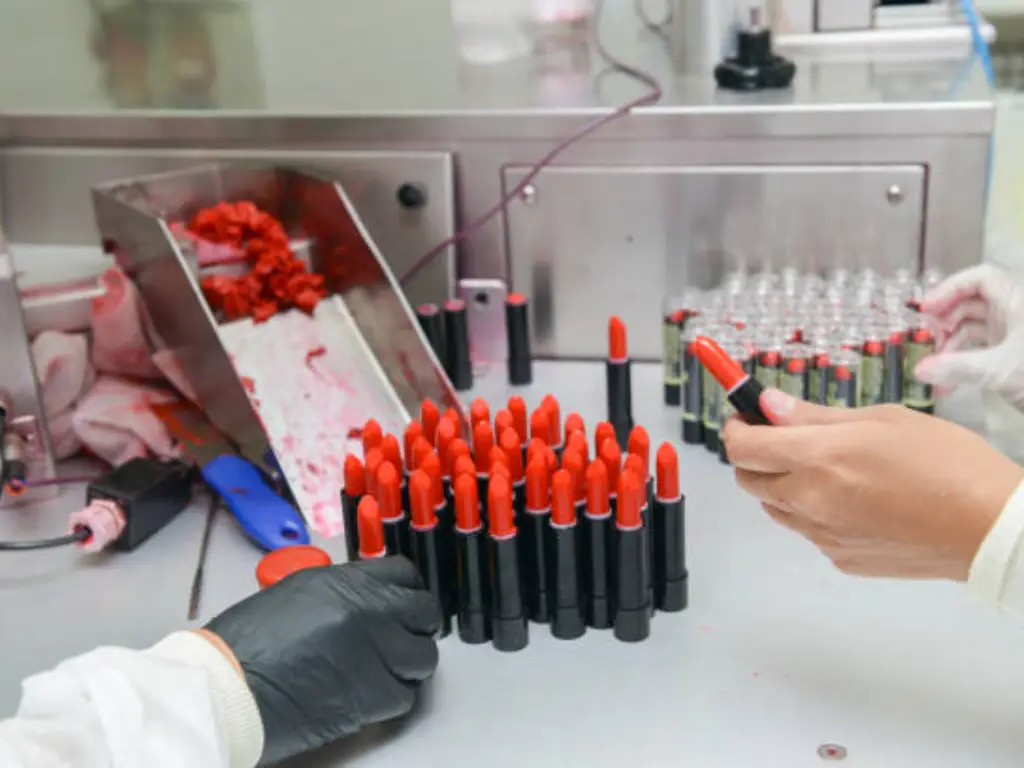
Cruelty-free certification holds immense value in 2025. It ensures that no animals suffer during product testing, aligning with the growing consumer demand for ethical products. Today, more than 73% of shoppers worldwide are willing to change their buying habits to reduce environmental impact. This shift has pushed industries to adopt ethical practices, with cruelty-free certification becoming a trusted standard.
Compassion and sustainability go hand in hand. By choosing cruelty-free products, you support humane practices and sustainable innovations. The cruelty-free cosmetics market, for instance, is expected to reach $13.46 billion by 2034, reflecting the importance of cruelty-free certification in shaping a kinder, more sustainable world.
What Is Cruelty-Free Certification?
Definition and criteria for cruelty-free certification
Cruelty-free certification guarantees that products are developed without causing harm to animals. It ensures no animal testing occurs during any stage of production, from ingredient sourcing to final formulation. Organizations like Leaping Bunny and PETA set specific criteria for brands seeking certification.
Organization | Requirements |
|---|---|
Leaping Bunny | – No animal testing at any stage of product development by the company and suppliers. |
– Written documentation proving no animal tests are conducted. | |
– Acceptance of ongoing independent audits. | |
– Annual recommitment to cruelty-free practices. | |
PETA | – Written pledge not to conduct or commission animal tests on any products or ingredients. |
– Less stringent requirements compared to Leaping Bunny, leading to criticisms of trustworthiness. |
These benchmarks ensure transparency and accountability, helping you make informed choices when purchasing cruelty-free products.
Key organizations and standards behind cruelty-free labels
Several organizations play a pivotal role in establishing cruelty-free standards. They certify products and advocate for ethical practices across industries.
Cruelty Free International: Operates the Leaping Bunny program, a globally recognized certification for cruelty-free cosmetics.
Vegan Trademark: Certifies products that meet vegan standards, ensuring no animal-derived ingredients are used.
Choose Cruelty Free: An Australian organization that accredits cruelty-free companies and provides the “Not Tested on Animals” logo.
Beauty Without Cruelty: Promotes humane alternatives and certifies cruelty-free products.
Vegan Action: Encourages a vegan lifestyle and certifies products to reduce animal suffering.
These organizations set high standards, ensuring cruelty-free certifications remain trustworthy and meaningful.
Addressing misconceptions about cruelty-free products
Misunderstandings about cruelty-free products can confuse consumers. Many believe “cruelty-free” and “not tested on animals” are legally defined terms, but they are not. This lack of regulation allows some companies to use misleading labels.
Additionally, some brands claim cruelty-free status while using ingredients tested on animals in the past. Public opinion against animal testing has led to fewer companies engaging in such practices. Many now invest in alternative testing methods, such as in vitro models and AI-based systems, to align with cruelty-free standards.
As a consumer, knowing how to identify cruelty-free products is essential. Look for certifications from trusted organizations and research brands to verify their claims. By doing so, you support ethical practices and help drive industry change.
The Benefits of Cruelty-Free Products
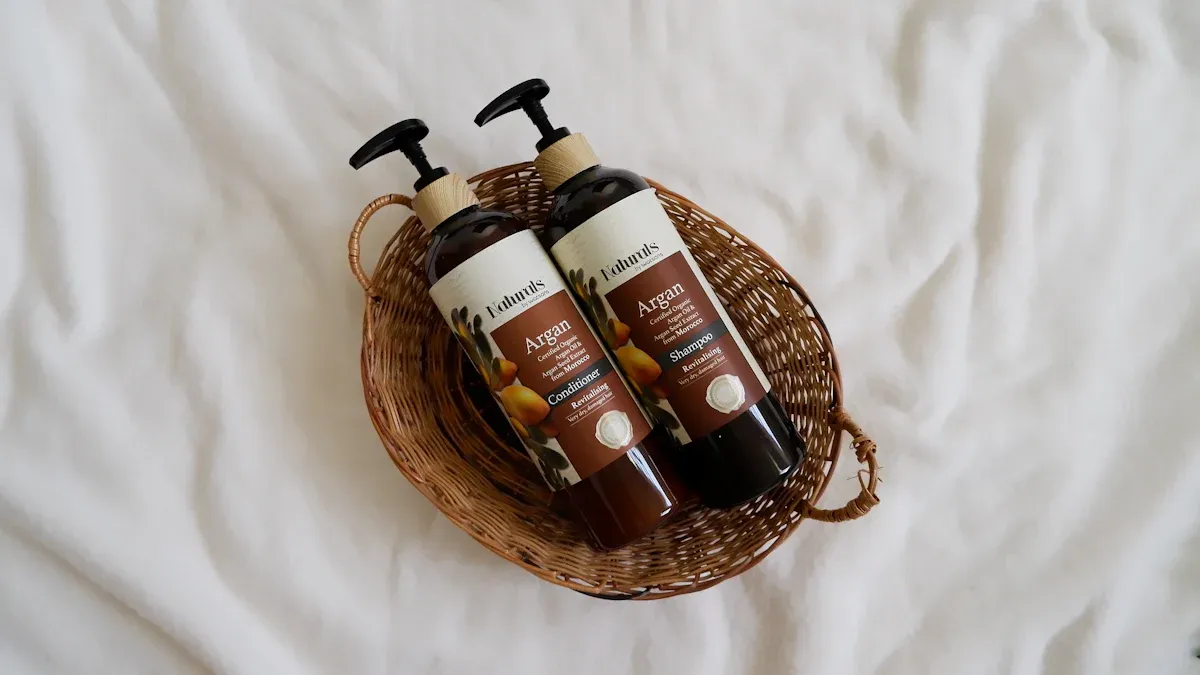
Ethical benefits: Preventing animal suffering and promoting humane practices
Choosing cruelty-free products means you actively support ethical beauty practices that prevent animal suffering. Every year, an estimated 190 million animals endure harmful experiments worldwide. These tests often cause pain and distress, yet 90% of drugs tested on animals fail in human trials. This highlights the inefficiency of animal testing and the unnecessary suffering it causes.
By purchasing cruelty-free makeup and skincare, you contribute to a global shift toward supporting humane practices. Today, 45 countries have implemented full or partial bans on cosmetics animal testing. This progress reflects a growing commitment to ethical beauty and the importance of cruelty-free initiatives.
“Supporting cruelty-free initiatives not only protects animals but also promotes a more compassionate and humane world.”
When you choose cruelty-free beauty, you send a powerful message to industries. You show that ethical beauty matters and that consumers value products created without harm.
Environmental benefits: Supporting sustainable testing methods and reducing waste
Cruelty-free practices also benefit the environment. Traditional animal testing often generates significant waste, from disposable materials to chemical byproducts. In contrast, cruelty-free testing methods, such as in vitro models, reduce waste and promote sustainability.
A large-scale survey of 285 municipalities revealed that sustainable consumption initiatives, including waste reduction, are gaining traction across the U.S. These efforts align with the principles of cruelty-free practices, which prioritize eco-friendly alternatives. Additionally, the EPA reports that one-third of food produced in the U.S. is wasted, contributing to methane emissions from landfills. By choosing cruelty-free products, you indirectly support sustainable practices that minimize environmental harm.
Cruelty-free makeup brands often adopt eco-conscious packaging and production methods. This reduces their carbon footprint and aligns with the values of ethical beauty. Supporting cruelty-free initiatives helps protect the planet while promoting responsible consumption.
Health benefits: Safer alternatives to animal-tested products
Cruelty-free products often rely on advanced testing methods, such as in vitro and computational models. These methods eliminate ethical concerns and frequently provide more reliable results than traditional animal testing. As a result, cruelty-free beauty products are often safer for your skin and health.
Consumers increasingly prioritize transparency in the beauty industry. A recent study found that 62% of shoppers prefer cruelty-free products, while 78% believe companies should disclose their testing policies. This demand for honesty has driven brands to adopt ethical skincare practices and safer formulations.
“In vitro and computational methods not only eliminate ethical concerns but often provide more predictive and reliable results compared to traditional animal testing.”
By choosing cruelty-free makeup and skincare, you reduce the risk of exposure to harmful chemicals. These products often use natural and non-toxic ingredients, making them a healthier choice for you and your family. The benefits of cruelty-free products extend beyond ethics—they also promote your well-being.
How to Identify Cruelty-Free Certified Products
Recognizing cruelty-free logos and certifications
Cruelty-free logos make it easier for you to identify ethical products. These logos are issued by trusted organizations that verify a brand’s commitment to animal welfare. Look for symbols like the Leaping Bunny, PETA’s cruelty-free bunny, or the Choose Cruelty-Free kangaroo. Each logo represents a rigorous certification process that ensures no animal testing occurs at any stage of production.
When shopping, always check the product packaging for these logos. They act as a quick and reliable guide to cruelty-free choices. However, be cautious of misleading claims. Some brands may use unofficial symbols or vague terms like “not tested on animals” without proper certification. Trust only logos from accredited organizations to ensure your purchase aligns with cruelty-free standards.
Trusted organizations like Leaping Bunny and PETA
Several organizations lead the way in cruelty-free certification. Leaping Bunny is one of the most respected names in the industry. It requires brands to meet strict criteria, including independent audits and annual recommitments. Similarly, PETA offers a cruelty-free certification seal, ensuring that brands pledge not to test on animals or use suppliers that do.
Other trusted certifications include the Vegan Society Trademark, which guarantees products are free from animal testing and ingredients. These organizations enhance transparency and help you make ethical purchasing decisions. By choosing products certified by these bodies, you support brands that prioritize humane practices.
Tips for researching brands and verifying cruelty-free claims
Researching a brand’s cruelty-free status can feel overwhelming, but a few steps can simplify the process. Start by checking if the brand is listed on databases maintained by organizations like Leaping Bunny or PETA. These lists provide verified information about cruelty-free companies.
When evaluating a brand, ask specific questions:
Do its suppliers or manufacturers conduct animal testing?
Does the brand sell in countries requiring animal testing by law, such as China?
Brands that meet all these criteria are cruelty-free. If a brand’s claims seem unclear, look for certifications from trusted organizations. Always verify their logos and documentation to ensure authenticity. By taking these steps, you can confidently support ethical brands and contribute to a cruelty-free future.
The Future of Cruelty-Free Practices
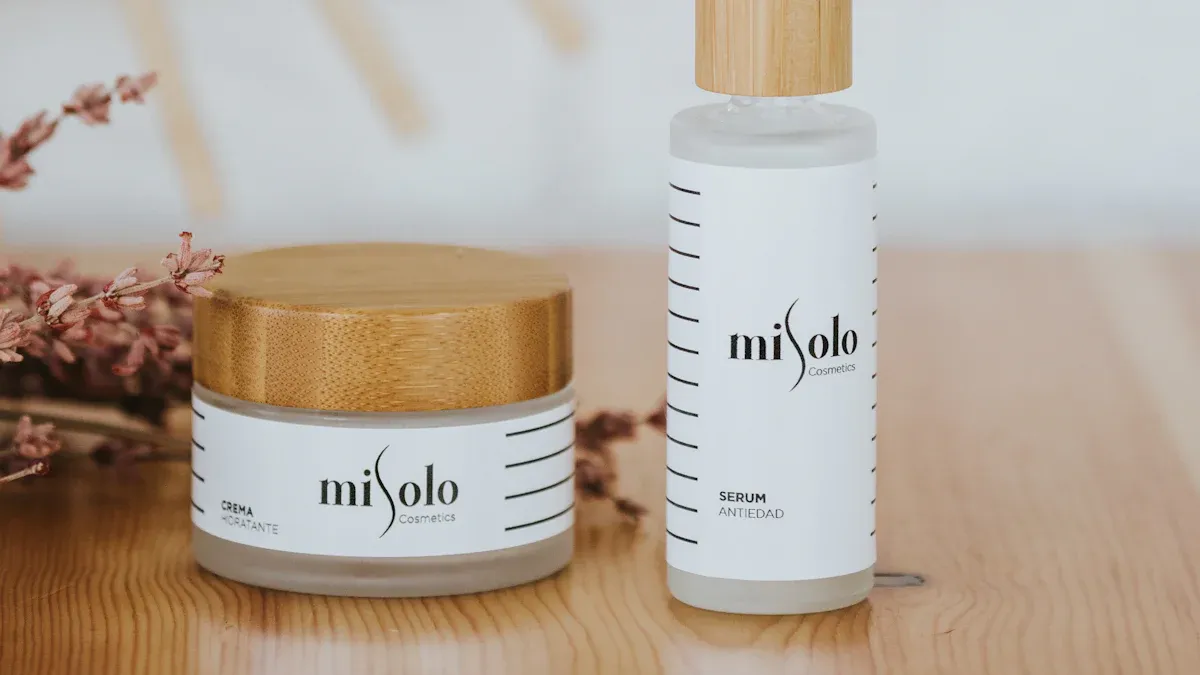
Advancements in alternative testing methods, such as in vitro and AI-based models
Innovative testing methods are transforming cruelty-free practices. In vitro techniques, such as 3D liver co-culture systems, predict drug-induced liver injury with greater accuracy than traditional animal testing. Similarly, brain organoids allow researchers to study human brain responses in controlled environments. These advancements reduce reliance on animal models while improving the reliability of results.
AI-based models also play a significant role in cruelty-free testing. Computational innovations, including machine learning algorithms, predict chemical toxicity more effectively than outdated methods. For example, New Approach Methodologies (NAMs) enhance human relevance in health effects testing. Organ-on-a-chip technology simulates human organ systems, offering insights into drug effects and toxicity. These benchmarks demonstrate how technology supports cruelty-free alternatives, paving the way for safer and more ethical practices.
“Technological advancements like AI and organ-on-a-chip systems are revolutionizing cruelty-free testing, ensuring better outcomes for humans and animals alike.”
Regulatory changes and global shifts toward cruelty-free standards
Governments worldwide are adopting cruelty-free regulations to protect animals and promote ethical practices. The European Union banned animal-tested cosmetics in 2013, setting a global precedent. India followed suit in 2014, prohibiting animal testing for cosmetics. Australia and New Zealand have also implemented bans, reflecting a growing commitment to cruelty-free standards.
In the United States, California’s Cruelty-Free Cosmetics Act prohibits the sale of animal-tested products. The EU’s REACH regulation encourages alternative testing methods, further advancing cruelty-free initiatives. These changes highlight the global shift toward ethical practices, driven by consumer demand and advocacy.
Regulation | Description | Impact |
|---|---|---|
EU Ban on Animal-Tested Cosmetics | Banned since 2013 | Sets a precedent for other regions. |
California Cruelty-Free Cosmetics Act | Prohibits sale of animal-tested cosmetics since 2020 | Encourages compliance with cruelty-free standards. |
The role of consumer advocacy in driving industry change
Consumer advocacy plays a powerful role in shaping cruelty-free practices. Campaigns and boycotts have historically influenced industries to adopt ethical standards. For example, protests against Nestlé’s unethical marketing practices led to policy changes. Similarly, Uber faced massive user decline due to workplace harassment allegations, resulting in leadership changes.
In the beauty industry, consumer demand for cruelty-free products has driven brands to adopt ethical practices. Advocacy campaigns encourage transparency and accountability, forcing companies to prioritize humane alternatives. Success stories like H&M and Zara introducing sustainable clothing lines demonstrate the impact of consumer action.
Case | Industry | Outcome |
|---|---|---|
Google Antitrust Case | Tech industry | Fined billions, improved competition practices. |
Volkswagen Emissions Scandal | Automobile industry | Hefty fines and vehicle recalls worldwide. |
Your choices as a consumer matter. By supporting cruelty-free brands, you contribute to a global movement that prioritizes compassion and sustainability.
Oully’s Commitment to Cruelty-Free Manufacturing
Overview of Oully’s ethical and sustainable practices
Oully stands out as a leader in cruelty-free skincare manufacturing. Its commitment to cruelty-free practices ensures that every product is not tested on animals at any stage of production. Operating a state-of-the-art FDA-, ISO-, and cGMP-certified facility, Oully prioritizes ethical standards and sustainability. The company uses eco-friendly ingredients and packaging to minimize environmental impact.
You can trust Oully’s dedication to transparency. The company works closely with suppliers to verify that raw materials meet cruelty-free standards. By choosing Oully, you support a manufacturer that values compassion and sustainability in every step of its process.
How Oully supports cruelty-free certification for beauty and personal care brands
Oully helps beauty and personal care brands achieve cruelty-free certification with ease. The company offers custom formulations that comply with cruelty-free skincare standards. Its team ensures that all ingredients are sourced responsibly and not tested on animals.
Oully also provides guidance on certification processes. Whether you aim for Leaping Bunny or PETA approval, Oully simplifies the journey. The company’s expertise ensures that your brand aligns with global cruelty-free requirements. This support allows you to focus on creating high-quality products while meeting ethical expectations.
The impact of Oully’s innovations on the global cruelty-free movement
Oully’s innovations have transformed the cruelty-free skincare industry. By adopting advanced testing methods like in vitro models, the company eliminates the need for animal testing. These methods provide reliable results while upholding ethical standards.
Oully’s influence extends beyond manufacturing. Its commitment to cruelty-free practices inspires other companies to follow suit. By partnering with brands worldwide, Oully accelerates the shift toward a cruelty-free future. Your choice to work with Oully contributes to a global movement that prioritizes humane and sustainable practices.
Cruelty-free certification represents a vital step toward ethical consumption. It protects animals, promotes sustainable practices, and ensures safer products for you and your family. By choosing cruelty-free brands, you align your purchases with ethics and compassion. This decision not only prevents animal suffering but also supports environmentally friendly innovations.
Your choices as consumers hold immense power. When you prioritize ethical products, industries take notice. This collective demand drives meaningful change, encouraging companies to adopt humane practices. Supporting cruelty-free brands allows you to contribute to a kinder, more sustainable world.
Tip: Look for trusted certifications like Leaping Bunny to ensure your purchases align with ethical values.
FAQ
What does cruelty-free certification mean?
Cruelty-free certification ensures that no animals were harmed during the development or testing of a product. It guarantees ethical practices and transparency in every aspect of production.
How can you verify if a product is cruelty-free?
Look for trusted logos like Leaping Bunny or PETA on the packaging. Research the brand’s policies and check databases maintained by cruelty-free organizations.
Why is transparency important in cruelty-free certification?
Transparency builds trust between brands and consumers. It ensures that companies follow ethical practices and meet cruelty-free standards. Consumer demand for transparency drives brands to disclose their testing methods.
Do cruelty-free products support sustainability?
Yes, cruelty-free products often use sustainable packaging and practices. These methods reduce waste and environmental harm, aligning with ethical and eco-friendly values.
Can cruelty-free products be affordable?
Cruelty-free products come in various price ranges. Many brands offer affordable options without compromising on quality or ethical standards.


